The Four C’s of Roadway Visual Delineation
Written By: Greg Driskell

For the purpose of this article, we define visual delineation as a device or process that provides for visual separation and identification of the lanes or objects within the roadway. The most common examples of visual delineation are road markings, raised reflective pavement markers and traffic signs.
There are four primary characteristics, we call the Four C’s, that contribute to the effectiveness of a visual delineation device or process.
The 4 C’s are Clearly visible, Conspicuous, Concise and Controlled.
The device must be clearly visible under the environmental conditions and purpose for which it is placed. Considerations of lighting sources and conditions, reaction distance desired and angles of approach. To be truly effective it must be visible by the right people, at the right time, from the right direction.
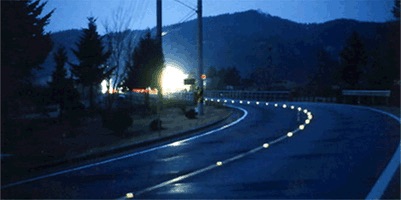
With today’s retroreflectivity and LED lighting technologies, it has never been so easy to ensure adequate visibility. An example of this may be the use of quality raised pavement markers that are designed specifically to provide highly visible lane delineation at specific viewing angles in wet or dry conditions.
Visual delineation must be more than just visible, it must be conspicuous or distinguishable from the surrounding environment or objects. There are many objects on and around the roadway, all competing for the attention of the motorist and the vehicle’s advanced visual systems.
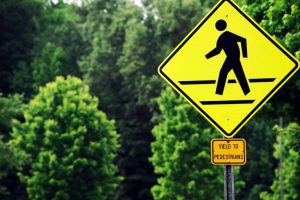
This can be achieved through colors, contrast, shapes, movement, retroreflective or lighting variances. A simple example would be the use of a fluorescent yellow-green pedestrian crossing sign in a school zone.
The delineation’s message and purpose must be concise. The motorists must be capable of clearly understanding the message of the delineation device in an instant. With so many devices on our roadways, the motorist constantly scans the environment for guidance and warning. By the time the delineation becomes visible, then conspicuous, the motorist has very little time to decipher the message or intent of the device.
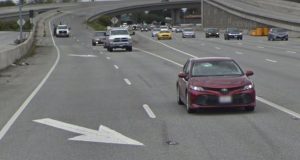
One method of ensuring the understanding is in training or education of the motorist. But in many countries, a motorist is only required to study and pass a written test once in their lifetime. So, there is little to no method of continuous education. Thus, it is up to the design of the device to concisely communicate its message, possibly through recognizable words, symbols, shapes or patterns.
Lastly, but very importantly, the delineation device must be visually controlled. It must be designed not to cause unnecessary distraction of a non-relevant motorist. As stated before, our roadways are filled with environmental, visual and structural (see our next article) devices and distractions. In order to reduce distraction or confusion, it is important that the device is best seen only when it is necessary and only by those in which it is intended.
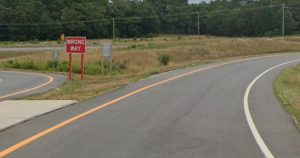
For example, here in the US, we will often place a Wrong Way sign in the median of a divided highway. This sign is clearly visible, conspicuous and concise. Unfortunately, it is often so for motorists driving the right direction as well, causing great confusion. The delineation device design should be such that it has reduced or no impact on the non-relevant motorist.
In closing allow me to demonstrate a specific visual delineation device that incorporates the Four C’s concept. The MedianAlert is a visual delineation device designed for placement upon and around roadway structures such as median noses and barrier walls.
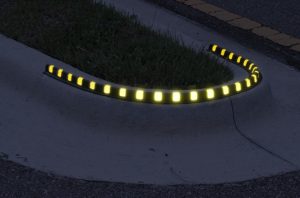
With its highly reflective elements, it can be seen from over 1000 feet away. Clearly Visible, Check.
The elements are discontinuous or separated to create an alternating visual pattern making it stand out from the surrounding environment. Conspicuous, Check.
The MedianAlert is a continuous flexible device that attaches directly to the structure’s perimeter it is identifying. In doing so it provides a clear, concise message to the motorist as to the presence, size, and shape of that structure. Concise, Check.
The MedianAlert’s retroreflective elements are designed for directional visibility. The micro-prismatic elements provide a specific hot zone of retroreflectivity. As a result, it is most seen when it is most likely to be impacted by an aligned vehicle. However, if the vehicle is not aligned or likely to impact it, a low-glow is produced as a simple guidance mechanism. Controlled, Check!
As you select visual delineation devices to improve the safety of your roadway, take note of the Four C’s. Is it clearly visible, is it conspicuous, is it concise in its messaging and is it controlled to serve the motorist for which it is intended?


